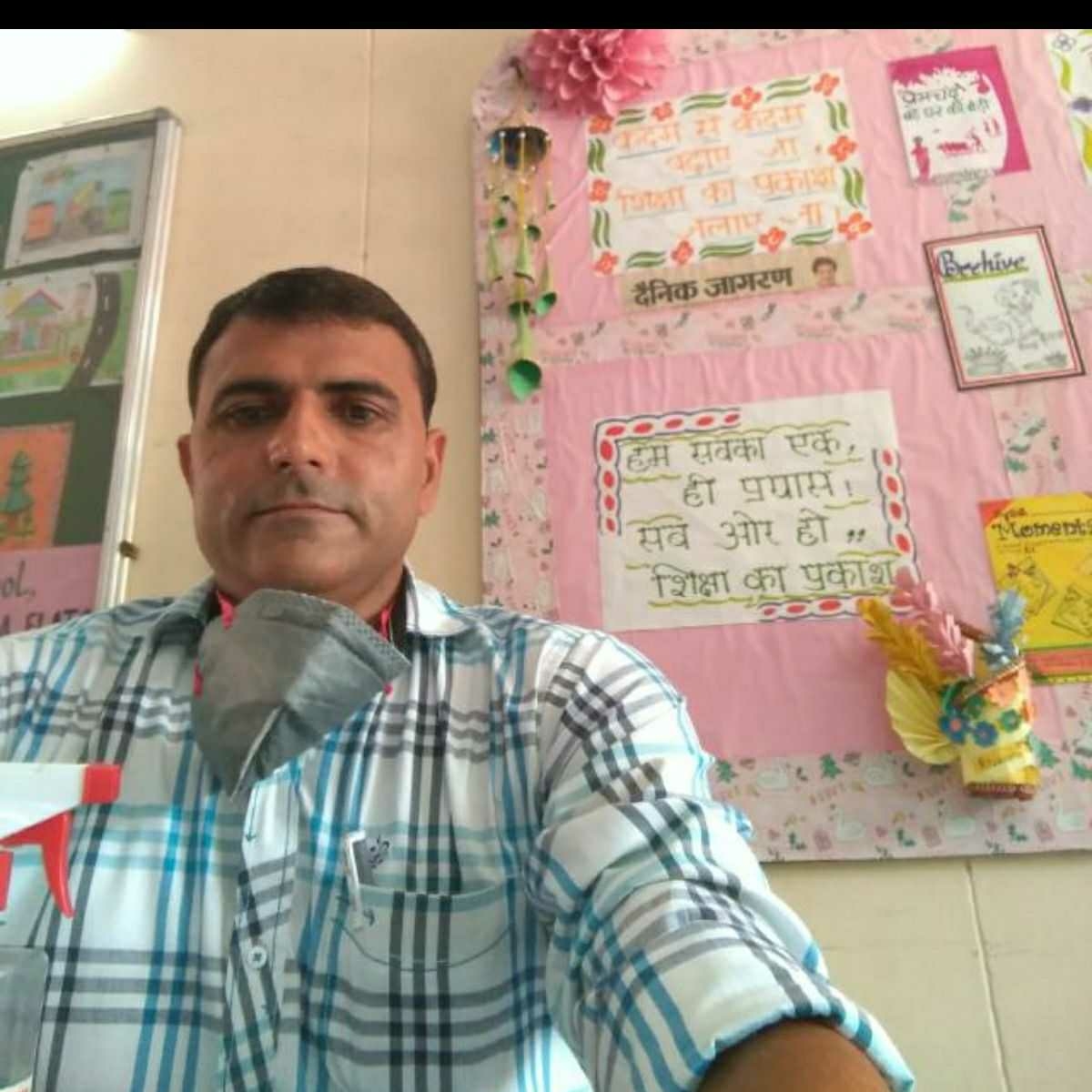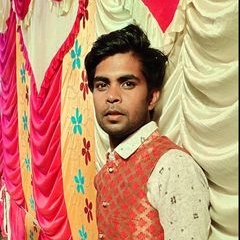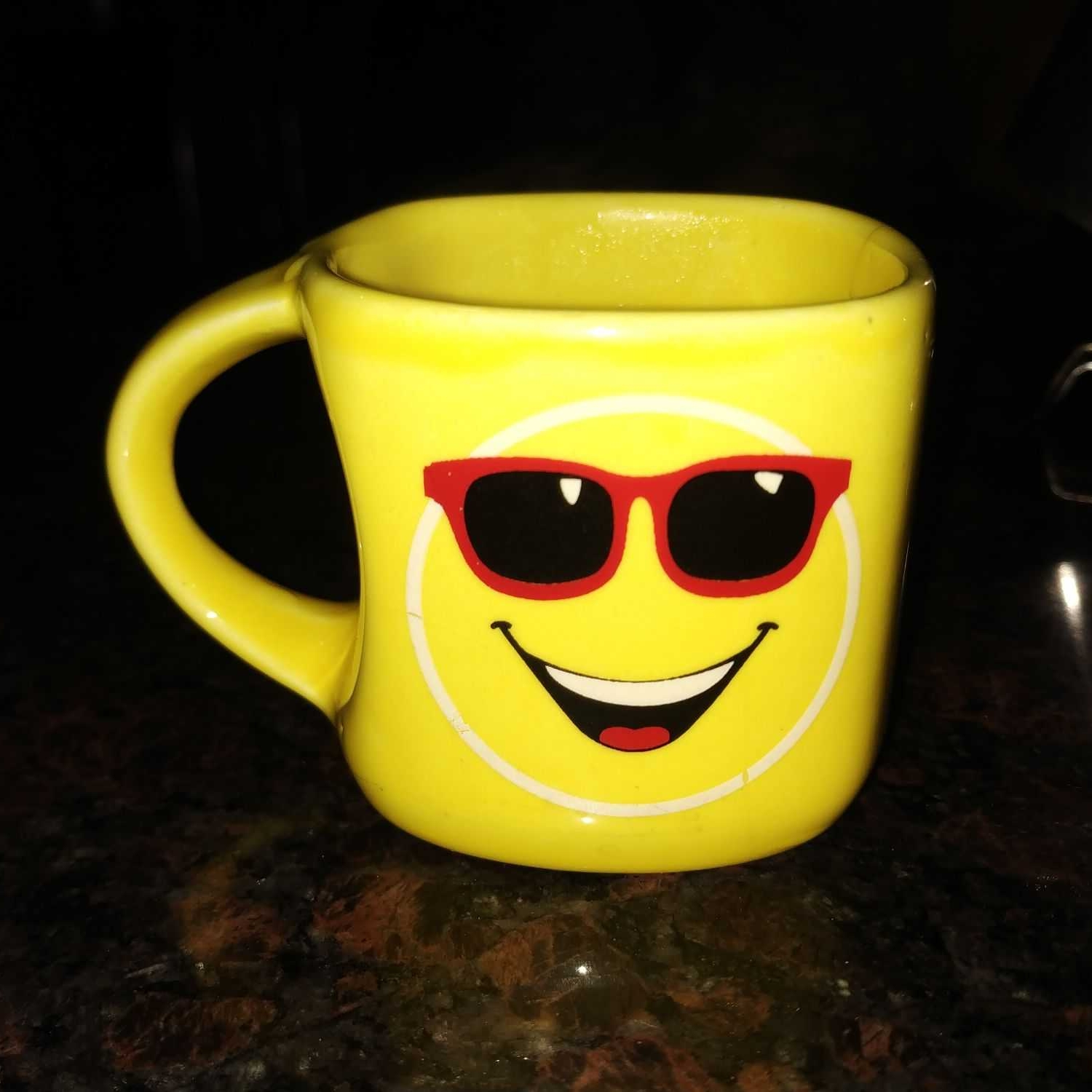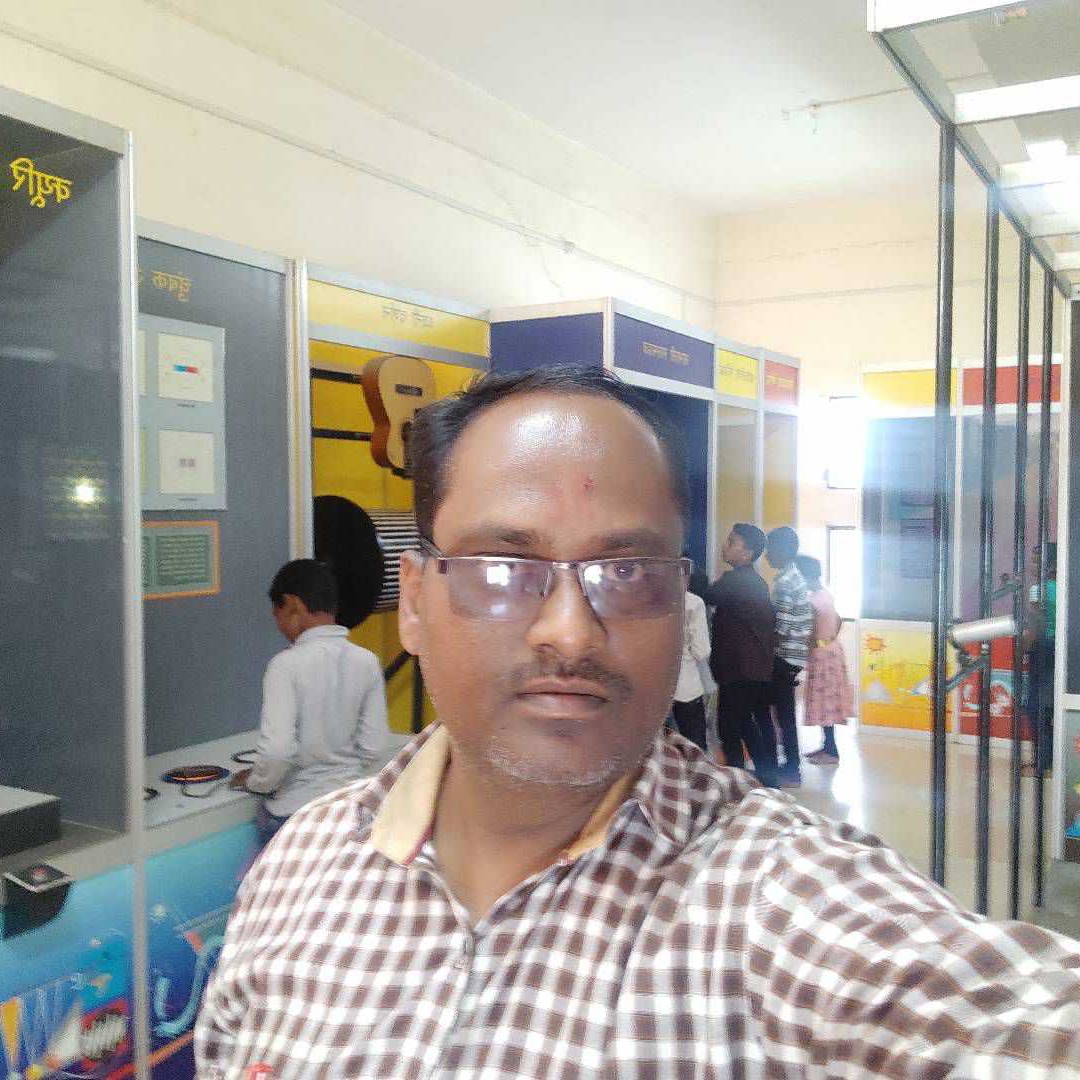Question 1 :
A material $\mathrm{B}$' has twice the specific resistance of $\mathrm{A}'$. A circular wire made of $\mathrm{B}$' has twice the diameter of a wire made of $\mathrm{A}'$. Then for the two wires to have the same resistance, the ratio $P_{\mathrm{A}}/P_{\mathrm{B}}$ of their respective lengths must be <br/>
Question 2 :
Heater of an electric kettle is made of a wire of length L and diameter d. It takes 4 minutes to raise the temperature of 0.5 kg water by 40 K. This heater is replaced by a new heater having two wires of the same material, each of length L and diameter 2d. The way these wires are connected is given in the options. How much time in minutes will it take to raise the temperature of the same amount of water by 40 K?
Question 3 :
A point-charge of $6.0\times 10^{-8}$ C is situated at the coordinate origin. How much work will be done in taking an electron from the point $x=3$m to $x=6$m?
Question 4 :
The materials in which the electrons are verytightly bound to the atoms, and are not free to flow -
Question 6 :
Two particles X and Y having equal charges, after being accelerated through the same potential difference , enter a region of uniform magnetic field and describe circular paths of radii $R_1$ and$R_2$ respectively. The ratio of the mass of X to the Y is
Question 7 :
The length of a given cylindrical wire is increased by $100\%$. Due to the consequent decrease in diameter, the change in the resistance of the wire will be<br>
Question 8 :
The resistivity of the conductors is of the order of _______.
Question 9 :
Given that $E = ((3x^2<br><br> + y) \hat i+ x \hat y) kV/m$,find the work done in moving a $- 2 \mu C$ charge from $(0, 5, 0)$ to $(2, -1 , 0)$ by taking the path:<br>$y=5-3x$
Question 10 :
A material $B$ has twice the specific resistance of $A$. A circular wire made of $B$ has twice the diameter of a wire made of $A$. Then for the two wires to have the same resistance, the ratio $l_{B} $ / $l_{A}$ of their respective lengths must be:
Question 11 :
A square aluminium rod is 1 m long and 5 mm on edge. What must be the radius of another aluminiumrod whose length is 1 m and which has the same resistance as the previous rod ?
Question 12 :
Two points P and Q are maintained at potentials of of $10V$ and $-4V$ respectively. The work done in moving $100$ electrons from P to Q is proportional to
Question 14 :
A copper tube is of internal radius 4 mm and outer radius 5 mm. Its resistance is R$_{1}$. The tube is filled with a suitable copper wire. The resistance of the arrangement is R$_{2}$.Then R$_{2}$/R$_{1}$ is<br>
Question 15 :
The material in which the outermost electrons in the atoms are so loosely bound to their atoms that they are free to travel around are called _____________.
Question 16 :
A charge of $10$ C is brought from infinity to a point near a charged body and in this process, $200$ J of work is done.  Calculate the electric potential at that point near the charged body
Question 17 :
Two electric bulbs rated ${P}_{1}$ and watt at $V$ volt are connected in series across $V$ volt mains, then their total power consumption $P$ is
Question 18 :
Heat flows radially outward through a spherical shell of outside radius$R_{2}$ and inner radius$R_{1}$. The temperature of inner surface is$\Theta _{1}$ and that outer is$\Theta _{2}$. At what radial distance fro m center of shell the temperature is just half way between$\Theta _{1}$ and$\Theta _{2}$
Question 19 :
An electric bulb is connected to a $20$ V battery of negligible internal resistance. The resistance offered by the bulb is $5$ $\Omega$. The electrical energy consumed by the bulb in $3$ hours is _____ kWh.
Question 20 :
A current of $I$ ampere flows through a resistance $R$ when connected across a cell of emf $E$ and internal resistance $1 \Omega$. When $R$ is increased by $50\%$, the current through the circuit is $0.8 A$. The value of $R$ is :






















